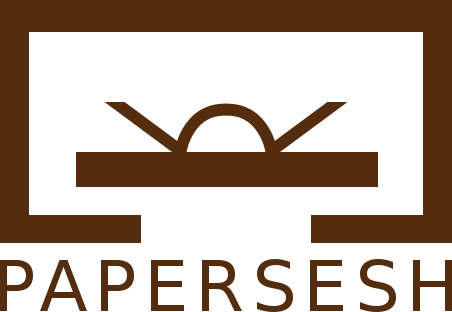
Mission
First of all, welcome to Papersesh!
Papersesh briefly is:
- an innovative platform providing help for Egyptology students, researchers and amateurs
in searching and finding a hieroglyph's meaning; - an illustrated hieroglyph vocabulary and a photographic thesaurus;
- a platform introducing students to ancient Egyptian language and literature.
Browse our pages and discover all Papersesh uses!
Why Papersesh?
Knowing hieroglyphs is not about having a huge set of notions kept in mind. It is - first of all - about knowing the processes that lead the words' generation, in order to diminish the number of notions you need as much as possible. Consequently, knowing a writing system and its signs is not about memorizing an archive of pictures, but it is about knowing its fundamental sign shaping and classifying elements.
Though it's quite easy to recognize hieroglyphs representing living subjects - since they depict something familiar for people of the past 5000 years and beyond - many students know from experience (hours perusing paper sign lists) that searching a hieroglyph meaning is not that easy when they represent objects which don't belong to our current everyday life: what if you happen to find the glyph of an object you have never seen, like a temple standard, an offering table, an incense burner or a papyrus scroll?
This
is undoubtedly a coat rack, isn't it? No, it's actually a post of
balance. How do we know it? Obviously, because we read it on
Gardiner's sign list. There’s no other way you could spot the true
nature of this object - unless you’re maybe a 1910s butcher - and
that makes it diffult to associate to a precise Gardiner's category.
Papersesh.com improved a complementary classification
method to help researchers in the identification process, categorizing the hieroglyphs
by their modulation.
We named this new classification method as Modules' criterion and categorizes all the graphemes by the number of quarters they occupy in a single module, considering also how these quarters are arranged on the given support.
As we could experience ourselves, the union of Gardiner's list e Modules' criterion gives an incredibly time saving result, making hieroglyph identification easier and faster than ever.
For further information about the Modules' criterion, we suggest you to read our Documentation, section Hieroglyph Search.
Our second spearhead is surely our Thesaurus: a growing database of ancient writings, both hieroglyphic and hieratic, with detailed bibliography and connection with our vocabulary. Getting users able to virtually browse between books, papyr and sacred walls, we pursue the objective to make the Ancient Egypt literature and writings more accessible.
Last but not least, our platform also provides - or will provide - several other services, useful tools, articles and brief lessons on the Ancient Egypt language and literature.
We have plenty of ideas and project for the future here on Papersesh - stay tuned and you won't regret it!

